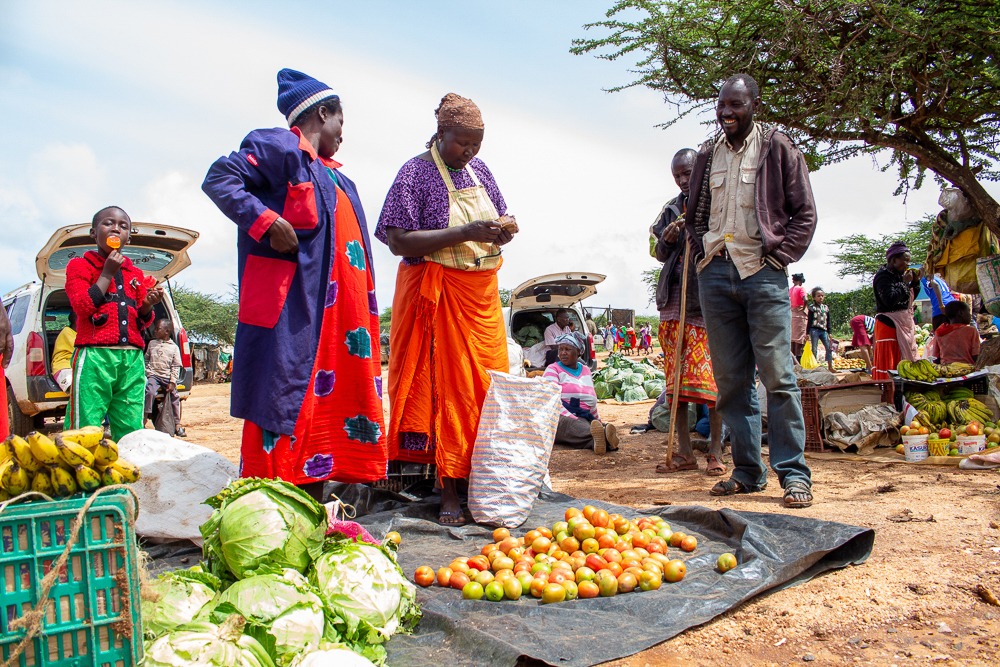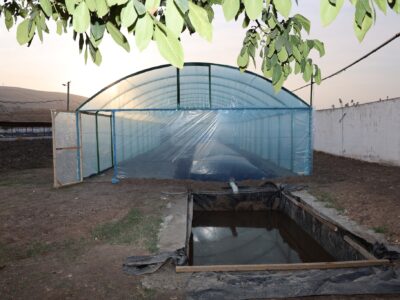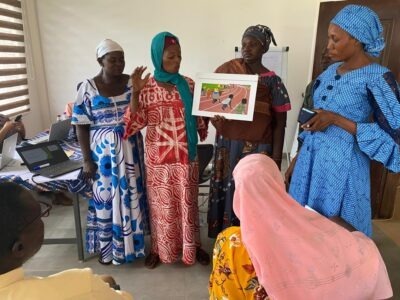
Kenya’s revolving county funds have the potential to play an increasing role in offering finance to Kenya’s micro, small, and medium-sized enterprises (MSMEs). For rural communities, like those in Northern Kenya, the county funds, if managed properly, could offer much-needed liquidity to the region where some of the highest financial exclusion rates in the country are recorded. However, most of the county fund management teams currently lack the skills, capacity, and investment knowledge to effectively invest these funds in their communities and grow the funds to ensure sustainability. Without the proper capacity and strategy, these funds either sit idle or have such high non-performing loan rates that funds are not replenishing.
The untapped potential of county funds
To catalyze their economies, increase employment, and reduce poverty, counties across Kenya adopted the revolving funds following the Kenyan government’s Public Financial Management Act of 2012. These revolving funds can offer alternative sources of capital for MSMEs who may not be able to access more traditional types of financing from microfinance institutions or commercial banks. However, many barriers exist to managing the funds effectively. Feed the Future Kenya USAID Kuza is working with the county governments to further understand these barriers and identify solutions. USAID Kuza is an Associate Award under the Feed the Future Kenya Livestock Market Systems Activity, a Leader with Associates contracting mechanism held by ACDI/VOCA.
Some of the main barriers for MSMEs accessing finance involve strict collateral requirements, a lack of product diversity, and an uneven distribution in credit access, according to the Central Bank of Kenya’s 2020 Survey Report. When effectively managed, revolving funds have the potential to be impact-oriented, support entrepreneurism, and empower those underserved in the community. They can offer trustworthy and affordable financing at interest rates typically lower than market rates. The funds are also self-replenishing pools, using interest and payments on previous loans to fund new loans.
Despite counties developing strategies for the funds based on their strategic plans and development goals, many counties in Northern Kenya struggled to sustainably manage the funds. They encountered barriers like political interference, misappropriation of funds, political insecurity, a lack of appropriate policies and guidelines, a low capacity in MSME management, and a lack of creditworthy MSMEs.
Tailored training to ensure sustainability of funds
The USAID Kuza team partnered with leaders from seven counties in Northern Kenya — Isiolo, Lamu, Mandera, Samburu, Tana River, Turkana, and West Pokot — to deliver tailored trainings aimed at boosting the capacity of counties to manage and disburse their funds.
Each county received an overview of best practices of fund management, determining creditworthiness and credit risk mitigation, financial products and services, loan diversification, and financial management skills to be transferred to cooperatives and sub-county staff. However, the team found that taking a one-size-fits-all approach to the training was not going to be as effective. Each of the counties noted different levels of experience in fund management as well as unique barriers. Therefore, before the training, the team conducted a needs assessment for each county. The team then co-designed the training with county partners based on the results.
For example, in Lamu County, the needs assessment highlighted the absence of collateral security as a prerequisite to extending loans to borrowers. Their training focused on evaluating collateral and using movable security in the absence of traditional collateral, like titles or deeds.
More funds dispersed and fewer nonperforming loans
In total, 278 (182 male and 96 female) county officials from the Trade, Industry, and Cooperatives departmental committee as well as managers from the counties’ Trade and Cooperatives Funds attended the trainings. Thus far, the trainings have had the following impacts:
- More funds disbursed: Turkana County disbursed 70 million KES to women and youth. West Pokot County disbursed 15 million KES.
- Progress toward legally establishing the fund: Isiolo County had set aside 19 million KES for MSMEs but had not disbursed any of the funds. The training enabled the county to put the right structures in place, including establishing the fund as a legal entity. The training also came at the right time to facilitate lending through cooperatives, livestock market associations, and organized groups to ensure the funds are disbursed.
- Lower NPL rates: Samburu County reduced its NPL rate from 35 percent to 30 percent. Preliminary evidence shows Marsabit County also reduced its NPL rate, but data is still being gathered.
By collaborating with counties, USAID Kuza is strengthening their capacity to manage funds and training MSMEs to ensure the funds’ deployment and preservation going forward. USAID Kuza plans to provide three additional trainings to county governments in the future.
Learn more about our work in Kenya.
Learn more about Feed the Future USAID Kuza.





